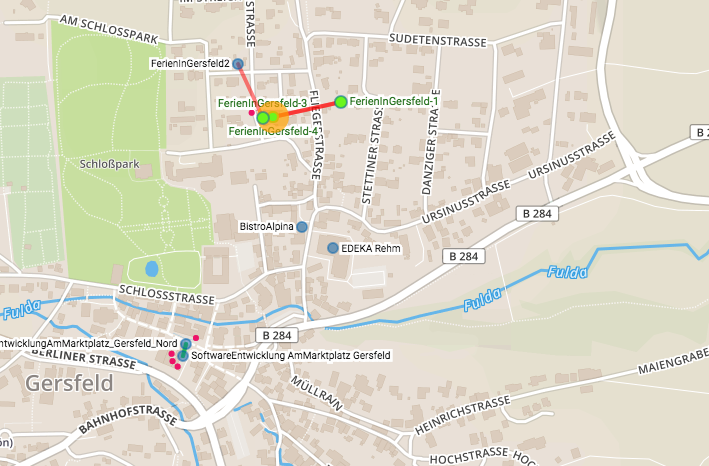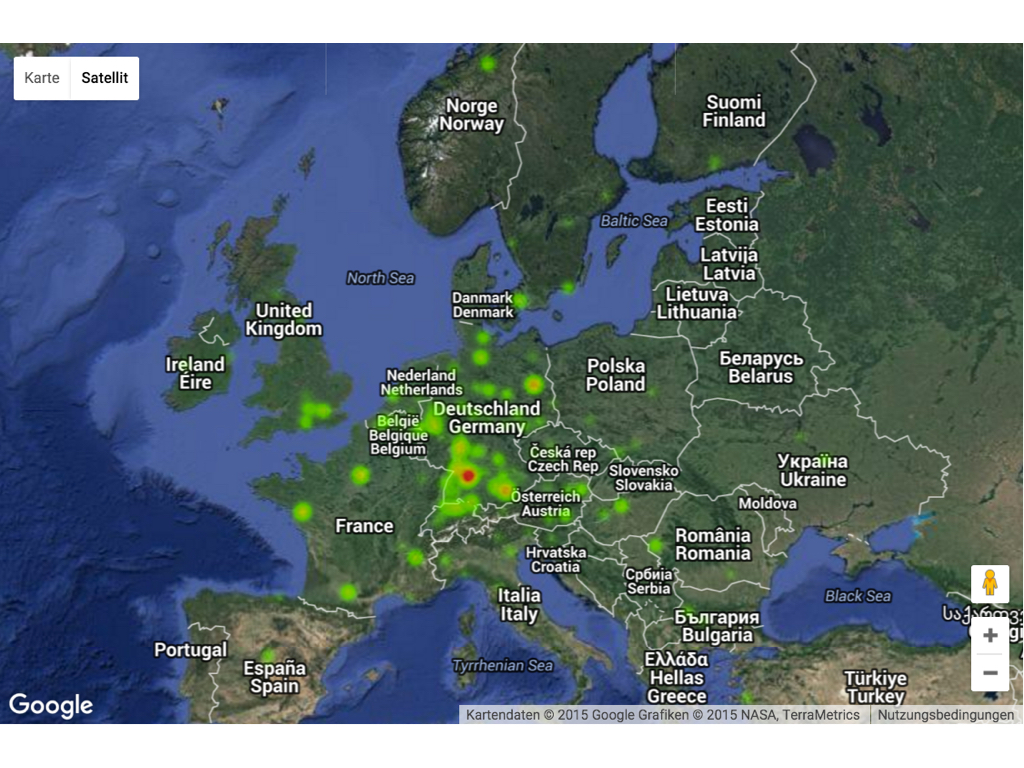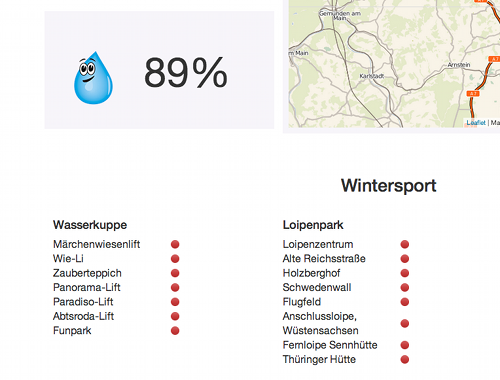Google Fonts sind schön. Und so einfach einzubinden. Mittlerweile gibt es ca, 1.500 Schriftarten, die Google lizenzfrei und kostenlos zur Verfügung stellt. Viele WordPress Themes laden sie munter von Google Servern nach. Darüber hatte ich mir nie Gedanken gemacht. Bis ich vor kurzem von einem netten Herren darauf hingewiesen wurde, dass durch das Nachladen der Fonts von Google Servern Daten des Website-Benutzers (IP Adresse) an Google weiter gegeben werden.
Schritt 1: Identifizieren der Fonts – Durch Verwenden der Entwicklertools in den Browsern lassen sich die Fonts im Bereich Netzwerkaktivität schnell finden. Die Vorgehensweise hierfür wird sehr detailliert z.B. hier beschrieben.
Schritt 2: Lokale Bereitstellung der Fonts
Die anspruchsvolle Lösung ist das manuelle Speichern der Fonts und das Ändern der CSS Dateien in der WordPress Installation. Kann ich nicht umbedingt empfehlen: Dazu sollte man sich schon ganz gut im Code auskennen.
Die einfache (und von mir präferierte) Lösung ist ein WP Plugin namens ‘Local Google Fonts‘. Nach der Installation und Aktivierung des Plugins werden die verwendeten Fonts gesucht (und gefunden). Dann können die Fonts auf den eigenen Server geladen und verwendet werden. Nähere INfos zur Vorgehensweise finden sich hier.
Jetzt ist die Seite wieder ein bisschen mehr DSGVO konform.
Weiterführende Links:



